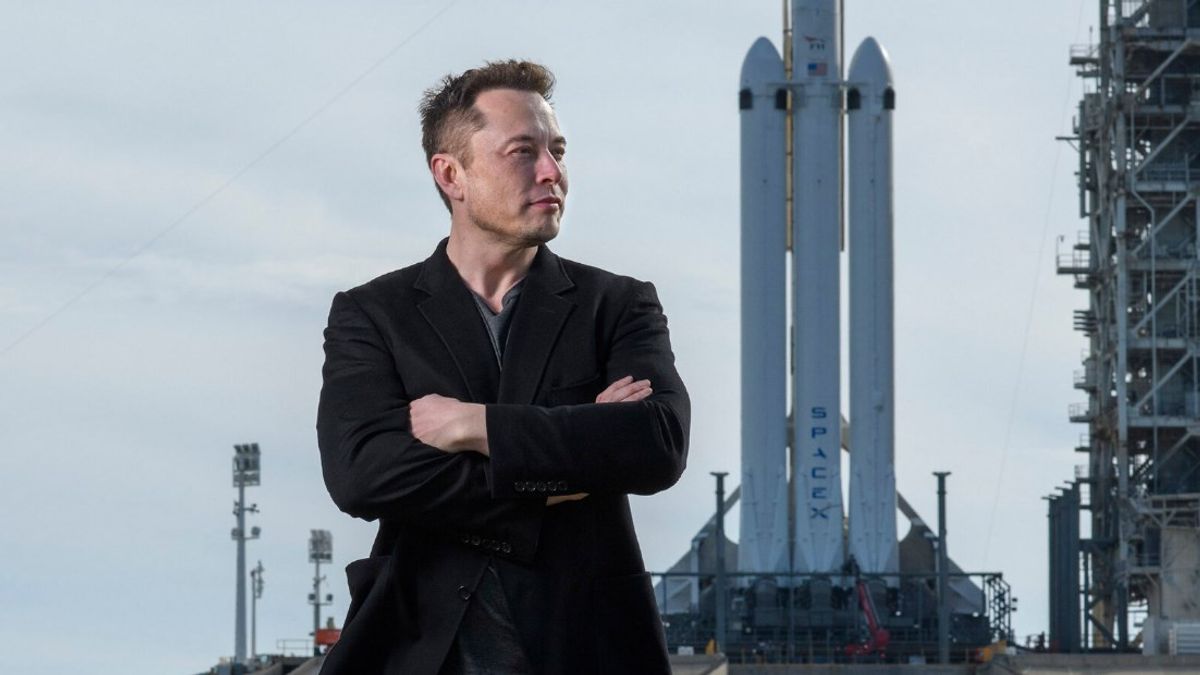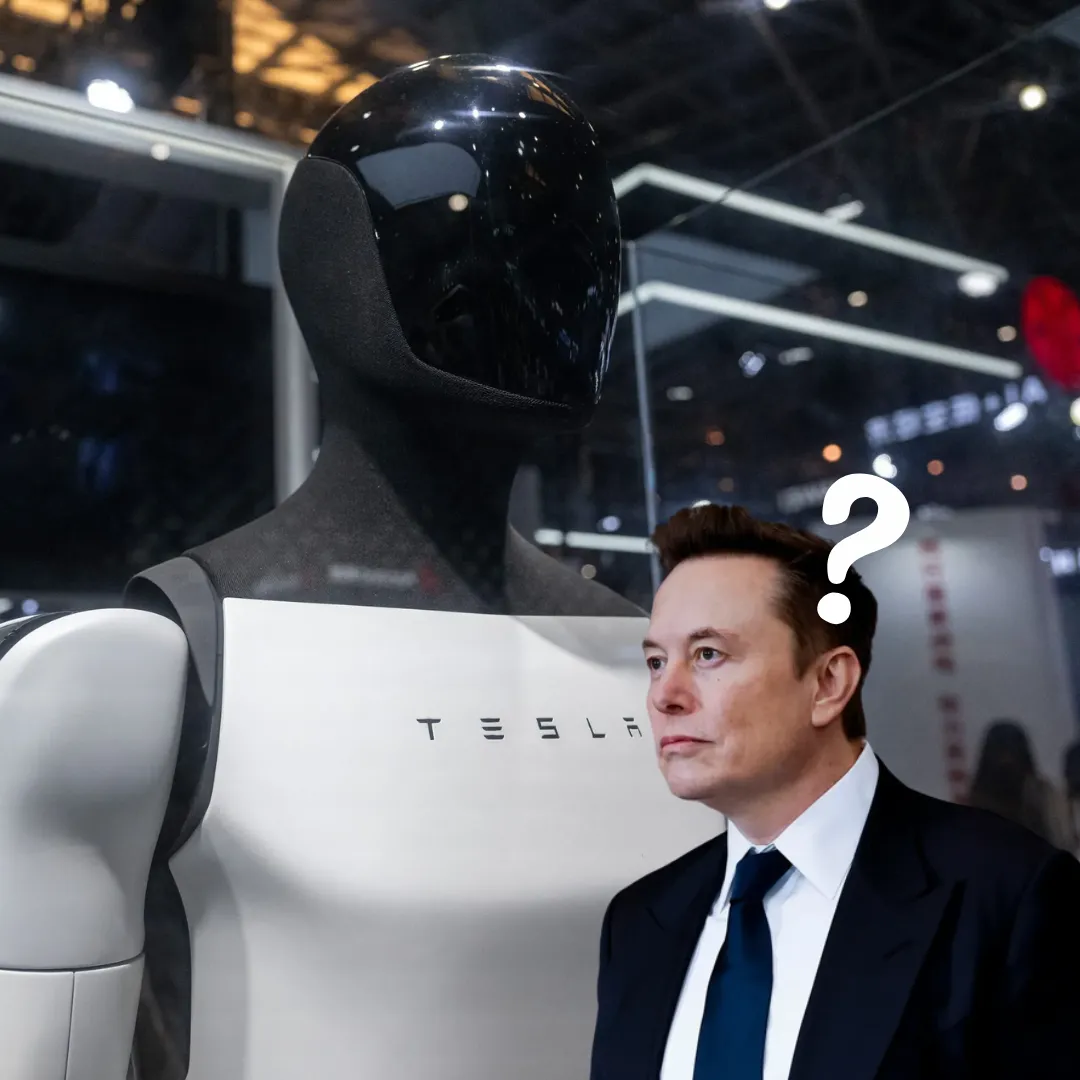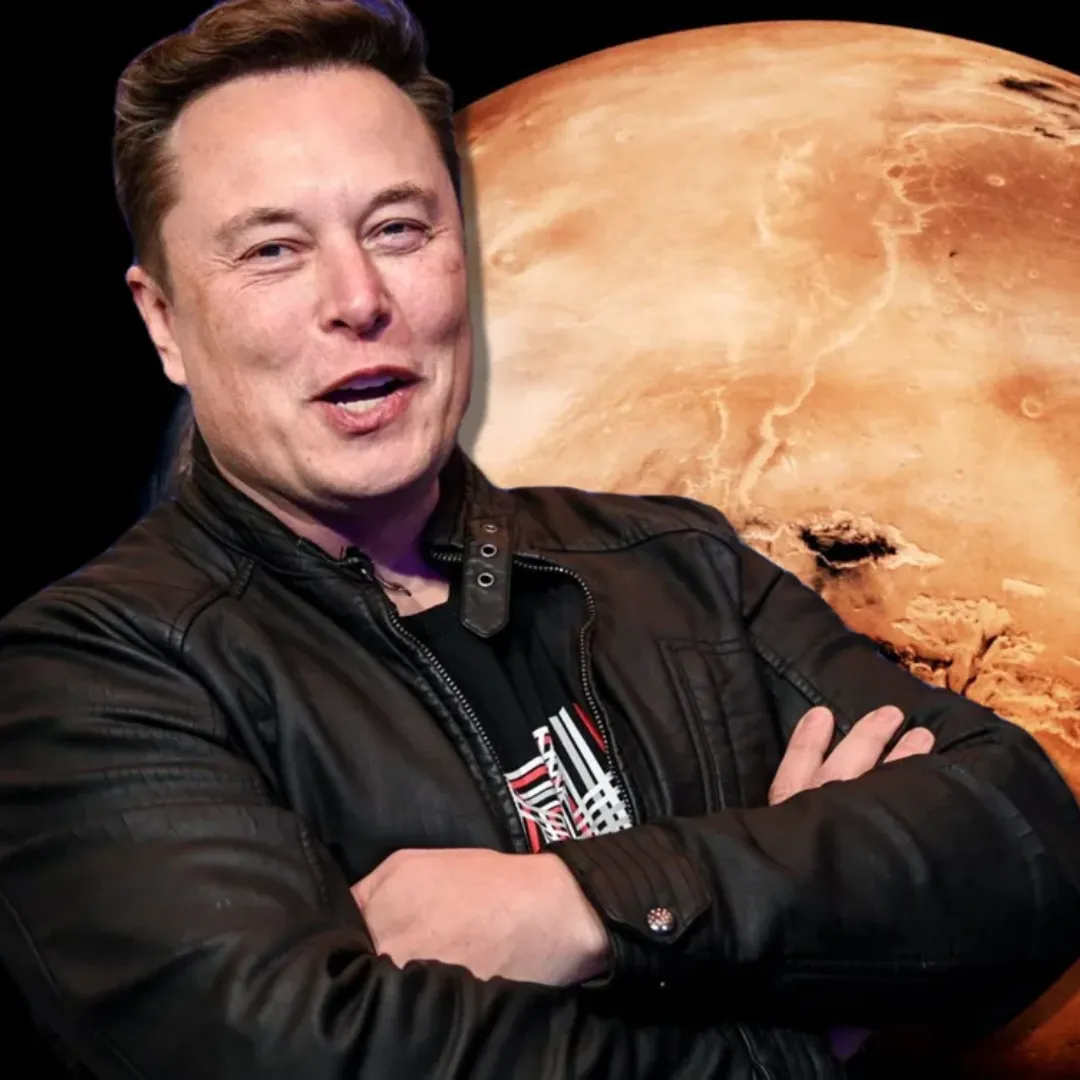
Elon Musk has added a new and unusual accolade to his already extensive resume: city founder. Following a decisive and largely symbolic vote, residents of the remote region surrounding the SpaceX complex in South Texas have chosen to incorporate the area as an official municipality named Starbase. The decision, backed by a staggering 212 votes in favor and only 6 against, marks the formal recognition of what has already been years in the making—a corporate-designed settlement shaped and governed almost entirely by SpaceX.
Located along a rugged stretch of coastline once known as Boca Chica, this area has evolved into the beating heart of Musk’s interplanetary ambitions. The new city of Starbase, covering roughly 1.5 square miles, is home to about 500 people, most of whom are SpaceX employees or their families. These residents, whose lives are already deeply entwined with the company, now find themselves part of a city run almost exclusively by SpaceX insiders.
In the same election that ratified the incorporation, the city’s first officials were also chosen. Unsurprisingly, every elected individual was either a current or former SpaceX employee and ran unopposed. Among them was Bobby Peden, who secured the position of mayor with 216 votes. A SpaceX veteran of over 12 years, Peden currently serves as Vice President of Testing and Launch Operations in Texas.
His elevation to public office demonstrates the blurred line between the company’s private enterprise and its newly acquired public responsibilities. With the establishment of Starbase, SpaceX is no longer just building rockets and testing engines—it is now managing zoning laws, issuing construction permits, and setting the municipal agenda.

The implications of this shift are profound. By incorporating the area as an independent city, the control of key regulatory functions has been removed from the broader jurisdiction of Cameron County and placed into the hands of the Starbase municipal government. This transition consolidates authority within a system that, in practice, remains heavily influenced by SpaceX leadership.
Critics argue that this model erodes democratic safeguards and prioritizes corporate interests over public accountability. Supporters, on the other hand, contend that this streamlined governance structure allows for rapid development, innovation, and the efficient management of resources in support of SpaceX’s broader goals, including the Starship program, which envisions sending spacecraft to Mars.
The incorporation also intensifies an ongoing struggle with housing scarcity in the region. As SpaceX continues to expand its Starbase operations, demand for nearby housing has surged, yet the supply remains severely limited. The company has acknowledged this issue and previously attempted to buy out long-time residents of Boca Chica Village, citing safety concerns due to frequent rocket launches and testing.
While many accepted compensation packages and relocated, a small number resisted, choosing to stay in their homes despite increasing pressure. These remaining residents now find themselves effectively surrounded by a company town—a modern-day outpost controlled by a single corporate entity with unprecedented sway over local life.

For those living and working within Starbase, daily routines often begin and end with SpaceX. Of the more than 3,100 employees based at the Starbase site, most commute from the nearby city of Brownsville. There, a towering nine-foot golden bust of Elon Musk greets travelers on the road to the launch facility, a striking symbol of the tech mogul’s physical and ideological imprint on the region.
This statue, though peculiar to some, represents the reverence many locals and employees hold for Musk’s vision of the future. It is not only a monument to one man’s ambition but a literal golden gateway into a city engineered to reach the stars. Despite the overwhelming support shown in the vote, the move has not gone without opposition. The South Texas Environmental Justice Network, a grassroots activist organization, has voiced serious concerns over the implications of the Starbase project.
They have organized protests and launched calls for residents across Texas to contact their state representatives in an effort to halt or reconsider the incorporation. Their arguments focus on environmental risks, lack of public input, and the broader ethical questions raised by corporate-run cities. These voices, while currently in the minority, represent a growing unease with the unchecked power and influence of tech billionaires reshaping not just industries, but entire communities.
The transformation of Boca Chica into Starbase is the culmination of a vision Musk first hinted at several years ago. He has often spoken of building cities on Mars, but before that can happen, he needed a city on Earth willing to serve as the launchpad for such dreams. Starbase is that city.
It is more than a symbolic name change—it is a bold reimagining of governance, territory, and ambition. It is also a test case, a live experiment in how a private company might run a public municipality. While some hail it as visionary, others fear it sets a dangerous precedent that could be replicated elsewhere.
One of the most striking aspects of Starbase is how rapidly it has come together. Just seven years ago, the region was sparsely populated and largely overlooked. With the arrival of SpaceX, the landscape has undergone a dramatic transformation. Rocket launchpads now tower where dunes once stood.
Roads have been repaved, infrastructure has been installed, and a new economy has taken root. What was once a sleepy coastal community is now a hub of cutting-edge space exploration, drawing engineers, scientists, and entrepreneurs from around the world. Musk’s approach to building Starbase echoes his methods in other ventures.
He identifies inefficiencies, tears down legacy systems, and replaces them with streamlined structures that favor rapid iteration and minimal red tape. In the context of city-building, this has meant pushing past traditional municipal frameworks in favor of centralized control and singular vision. The result is a city that moves as fast as Musk does—sometimes too fast for comfort, according to detractors who worry about oversight and long-term sustainability.
As Starbase continues to grow, questions remain about its governance, transparency, and inclusiveness. Will dissenting voices be heard? Will the needs of non-SpaceX residents be addressed? What legal mechanisms are in place to ensure accountability?

These are the kinds of inquiries that must be answered if Starbase is to be viewed as more than a corporate playground. For now, the city's fate is tied closely to the trajectory of SpaceX and the whims of its founder. If Musk’s past is any indication, that trajectory is likely to be anything but conventional.
The vote to incorporate Starbase may have involved only 218 ballots in total, but its ramifications extend far beyond those numbers. It marks a moment where the boundaries between private ambition and public authority were not just blurred, but rewritten. Musk has always talked about changing the world, but with Starbase, he may have also changed what it means to run a city.
Whether this model becomes a blueprint for future innovation or a cautionary tale of corporate overreach remains to be seen. One thing is clear: the city of Starbase is not just a place on the map—it is a symbol of a new era in American governance, an era where 212 votes and a golden statue might just be enough to build a city from scratch.

-1751078318-q80.webp)


-1747816584-q80.webp)